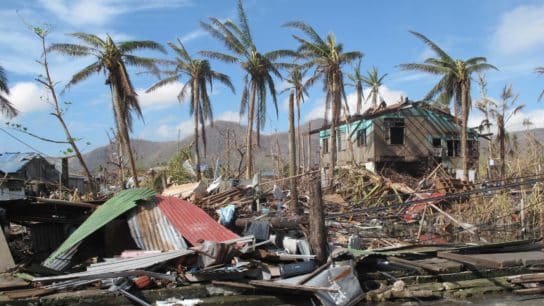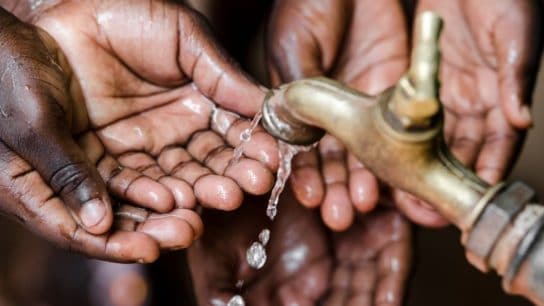Saudi Arabia confirmed the number on Sunday, adding that most pilgrims did not have official permit to visit Mecca.
—
Scorching heat killed more than 1,300 pilgrims during this year’s Hajj, the annual Islamic pilgrimage to Mecca, the holiest city for Muslims, Saudi authorities confirmed on Sunday.
During this year’s Hajj period – which began on June 14 and concluded last Wednesday – daily high temperatures in Mecca ranged between 46-49C (117-120F), according to the Saudi National Center for Meteorology.
Saudi Health Minister Fahd bin Abdurrahman Al-Jalaje said in a media interview that he was “pleased” with Hajj’s health plan success. “Despite the large number of pilgrims and the challenges posed by high temperatures, we experienced no outbreaks or public health threats,” he said, as reported in a Saudi Press Agency’s statement.
According to the statement, the total number of victims reached 1,301. 83% of them did not have an official authorization to perform Hajj and suffered from heat related illness after walking long distances under direct sunlight. Most of the victims were of Egyptian origin.
Saudi Arabia issues approximately 1.8 million licenses to legally access Mecca during Hajj, which can cost several thousand US dollars, as a way to control the flow of pilgrims into the holy sites. Unlicensed pilgrims do not have easy access to air conditioning, water and food supplies.
According to witnesses and media reports, a lack of accomodation and infrastructure such as cooling centers for those traveling without a permit significantly contributed to the high death toll.
Stress on human bodies caused by heat prevents normal daily activities and our ability to cool down properly. Areas that generally have more humidity can also put lives at risk. Sweat helps our bodies cool off, but humidity changes the way sweat evaporates from the body. Not being able to cool down puts people’s health at risk, and can lead to increased cardiovascular and respiratory complications, dehydration, heatstroke, higher blood pressure, and sleep deprivation.
The increase in extreme heat is a direct result of human-made climate change. As greenhouse gas emissions trap more heat in the atmosphere, heatwaves – the deadliest type of extreme weather event – get longer and hotter.
So far, the world has warmed by 1.2C compared to pre-industrial times, though data by the Intergovernmental Panel on Climate Change (IPCC) suggests that 20-40% of the global human population live in regions that, by the decade 2006–2015, had already experienced warming of more than 1.5C in at least one season. According to the UN body, every 0.5C (0.9F) of global warming will cause discernible increases in the frequency and severity of heat extremes, heavy rainfall events, and regional droughts.
This story is funded by readers like you
Our non-profit newsroom provides climate coverage free of charge and advertising. Your one-off or monthly donations play a crucial role in supporting our operations, expanding our reach, and maintaining our editorial independence.
About EO | Mission Statement | Impact & Reach | Write for us














